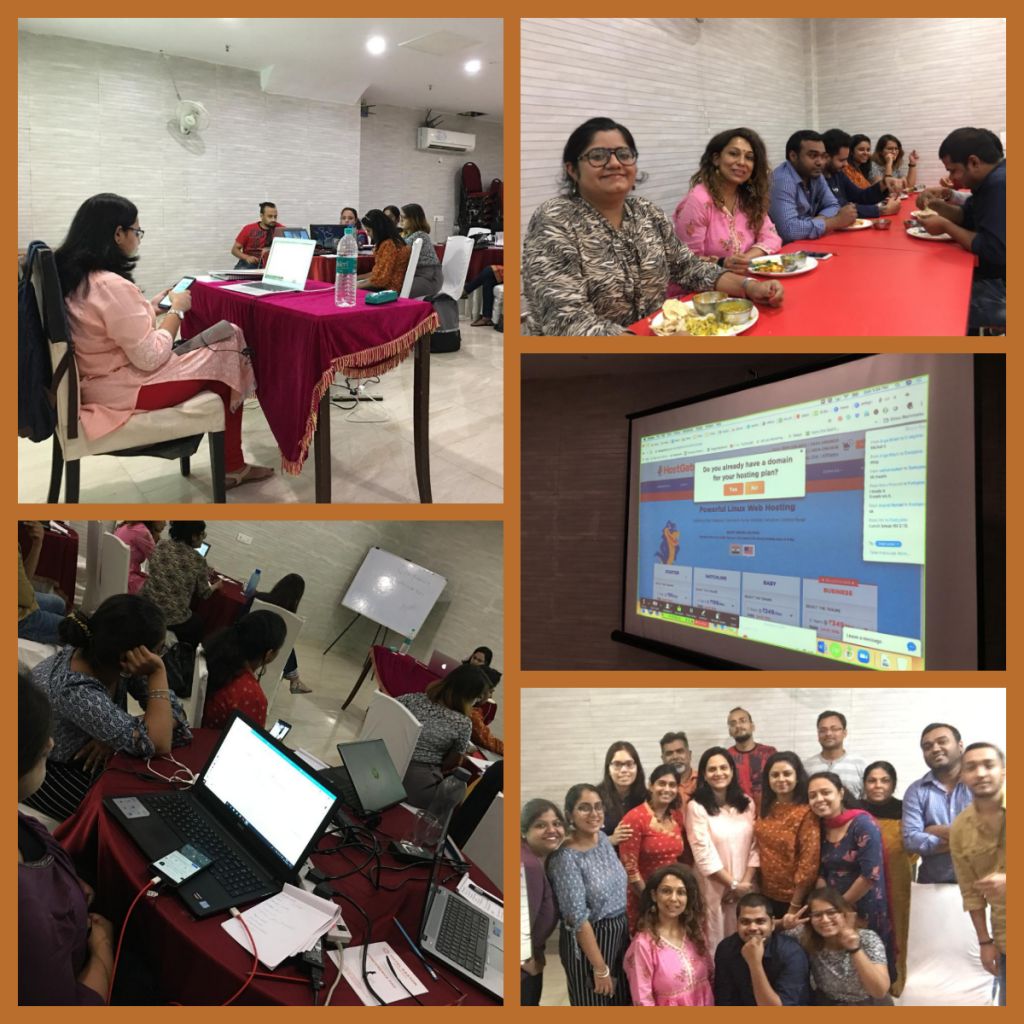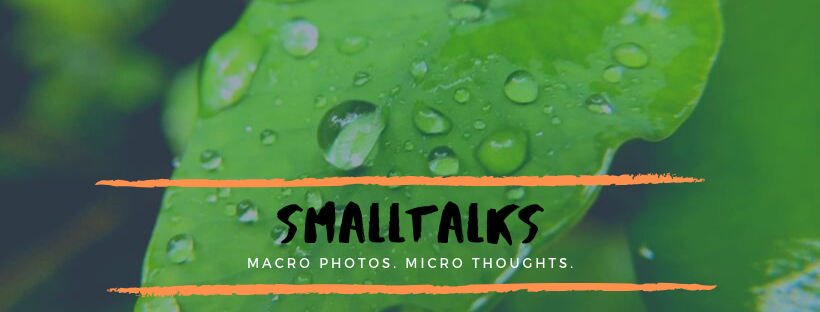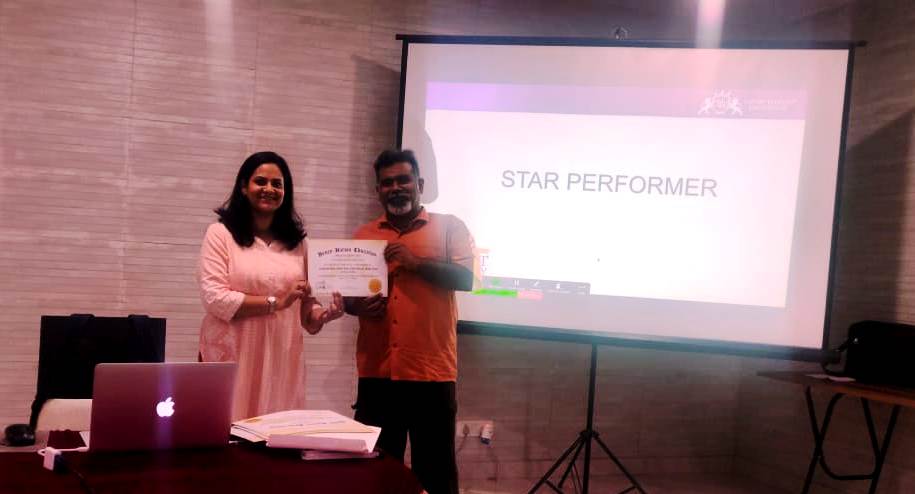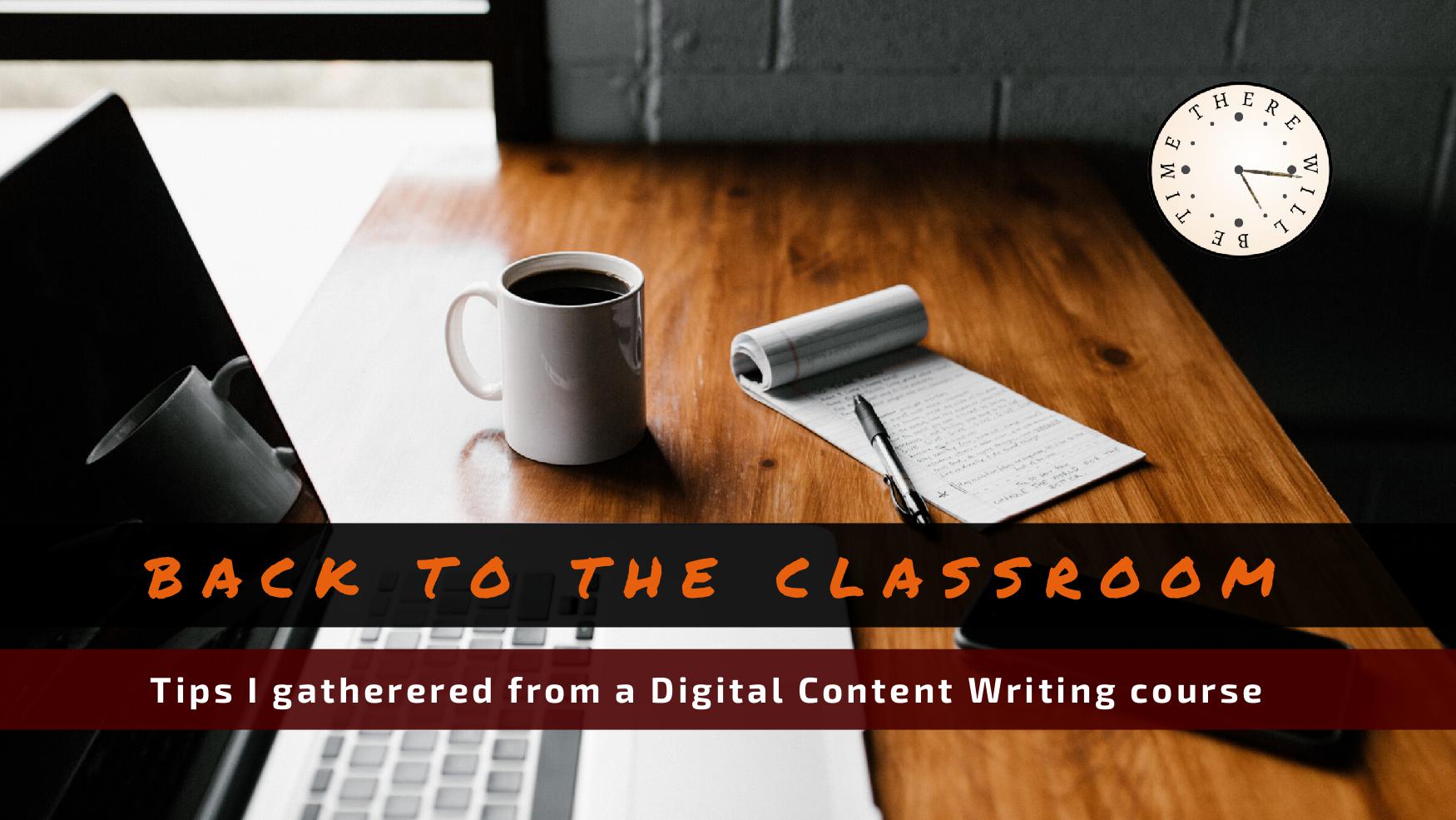When I started blogging, a friend of mine with whom I had lost touch called me up to give me a bit of advice. An aspiring social media expert – he told me that I have to turn myself into a ‘star’ if I hope to do anything at all in this area.
He further explained to a perplexed me, “Look, you have to build an online persona that presents you as an expert. Whether you know the subject or not, your viewer should ‘feel’ that you know it from cover to cover…that’s what really matters!!!”
Really!!! Things have come to that?
What was I smoking all this time? Why didn’t I jump onto the bandwagon earlier? By now my stardom would have turned into a supernova.
WHY I WENT OUT TO ESTABLISH AN ONLINE PRESENCE?
I checked. Humility doesn’t seem to be a much appreciated approach in this fast-track world of social media. Everyone and their blood-relations are experts.
Petty learners like me, that are still extremely wary to make tall (and even short) claims about our knowledge on anything, are nastily outnumbered, and unceremoniously outdated here.
But yes, one should hope that there are still a few lifelong learners out there; some of them might be aiming to improve, or even initiate their online presence – even after spending decades acquiring their skills on their chosen areas.
Many of them, like me, do not need any online presence for sustenance.
But what we do need, I believe, is to stay engaged and inspired with quality work and be appreciated for it by the right people.
The type we belong to like to amuse ourselves by maintaining that we are doing something useful for someone else as well; for us, learning is a convergent and interactive progression, that allows us to reach out to more of like-minded people, enriching ourselves in the process.
People like us learn by staying alive, in partnership with life.
Life requires friends. It’s toxic out there; maybe we can help each other breathe.
It’s always better to have a few friends rather than hoards of followers, especially when you too laid-back to lead, like me.
Maybe blogging will lead me to these ‘like-minded’ people.
WHAT I LEARNT IN THE DIGITAL CONTENT WRITING COURSE?
That’s the reason why, despite my agonizing workload, I went blogging; that’s also the reason why I took up a Sunday class on digital content writing, to learn better how to say what I wanted to say – and to a larger number of people.
It sure did help, all four Sundays and 32 hours. If you are a learner, read on; I will bring to you some glimpses of what I learnt back at the classroom.
A fair note of warning here; like I told you at the onset, I am not an ‘expert’, and never will claim to be, of anything. What I am about to share with you are expressions and tips that I gathered and actually started using in my own blog therewillbetime in the past two months, with varied success.
So do not take them as ‘five-top-tip’ expert comments, please.
Rather, they are more of a dummies guide, where I am the dummy.

SETTING UP YOUR WEBSITE
To draw a parallel – your website will need a home to live in and a piece of land to set up that home. The theme is your home, the domain is your right to use that address, and hosting is the land you rent/buy to set up that home.
One word – ‘wordpress’; that’s where all the action is, whether you want a free blog or a paid one. This I knew, since I started my website around two months before I went to the content writing course. To do this, you can go to platforms like go-daddy or wix.com and buy a package deal, hosting and all. Or you can do it the hard way, like I did.
Believe it or not, I first bought the hosting from Bluehost and then went to wordpress to select my theme. I bought the domain from godaddy much later, and was pleasantly surprised to find it available (I sure thought T S Eliot would be a bit more popular).
The right way is to select and buy the domain first, then select your theme from word-press and then buy hosting to set up the website.
It took me, and my friend Piyush helping me, quite a few phone calls to the Indian counterpart of Bluehost to bring everything together. I selected the theme ‘author’ due to its easy readability and mobile-responsive nature – but there are hundreds of other themes to choose from at wordpress, and most of them are free.
For hosting, our teacher Tulika suggested Hostgator. There are lots of good options there too, but Bluehost is just working fine for me, till now.
HOW A CONTENT STRATEGY HELPS
Yet another interesting lesson that I picked up is – it’s critical to have a content strategy. By that I mean a content calendar. Now in a personal blog like mine, it doesn’t make much sense to only talk to experts, or only talk about my own experiences, or only write critical/academically inclined articles about my field of interest – which is screenwriting. Perhaps I should combine all three.
That’s where having a content strategy helps. Your blog focus gets balanced, and you can probably reach a wider audience.
My niche is a bit too niche – I agree, but even there, I can probably put in a little bit of travel, food, lifestyle etc – but all from the perspective of a documentary maker and researcher. As a practicing non-fiction film-writer, I have developed a perspective of looking at things that’s different from others; why not flout it?
That’s what I am trying to do in my blog.
GOOD IMAGES BOOST YOUR BLOG BRANDING
That’s another thing I already knew, just didn’t have the expertise to handle it without help. As a writer, my focus has always been the written word, but if I could spice it up with images, which we do while making films, it always works better.
I never tried Photoshop – since that will mean taking up extra work. If the same person writes the copy and creates the design equally well, he is likely to be paid lesser than two people combined. That’s bad for the economy.
But here, I got to know about sites like Canva where I can go and create my own blog headers. This led me to do further research to find Photoshop alternatives – so that I do not have to depend on others. I also looked for free photo-collage makers online – fotojet is my top choice as of now – because its simple and the collages are good-looking.
And then, there are loads of good quality free images available online, in sites like unsplash, pixabay, dreamstime etc. I take my own stills and have never needed them as of now, but I sure am open to the idea. In fact, as an example, this time I took the header image from unsplash – it’s credited as – Photo by Andrew Neel on Unsplash.
Know what, Canva has inspired me to try Photoshop now; but only for my own blog.
I still won’t do anything that’s bad for the economy.

And I love doing macro photos in any case…so maybe this will be of some use soon.
CRACKING THE ‘SEO’ ENIGMA
Keywords are the first step to understanding SEO, and I did find it intriguing.
Search engines give their results based on keywords; so if you can use a keyword finder to select the right words and integrate them in your writing, it’s supposed to draw more traffic to your article, and hence your website. Keywords can also be used to find online search trends – and you can base your content selection on that.
I did download a free keyword finder, but it became paid soon afterwards; Then, I thought I should rather spend money on a pro-version SEO Optimizer plug-in integrated to my website – which will improve the overall SEO of my copy.
I also found it quite interesting how Google works; their spider like search-engine logic. For me, there’s still a lot to learn in this area, which I am doing, and implementing in my website. This video might help you get into the ‘zone’.
Let me get you my understanding of the top-six essentials of SEO writing here.
I will just bring you one thing that nagged me – with such a huge emphasis on using ‘trending’ keywords, how am I supposed to write what I want to write freely. Inserting keywords in my copy after writing doesn’t seem ‘nice’ to my old-school aesthetic sense.
Thankfully, there’s a choice. Keywords can be tagged in headers and photos too and that also increases traffic. And it’s also okay to search and use alternative texts (LSI keywords) to replace top-trending keywords – they also work well.
If you do not believe me, just type the name of my website therewillbetime.com and do image search on Google – you will know what I mean.
I think my SEO skills have started working, even in my somewhat ‘elite’ blog.
Or maybe it’s too early to make such claims. Let’s give it some time, and a bit more research; will get back on that.
E-MAIL MARKETING AND NEWSLETTERS
Good old e-mail marketing still works well to market blog content – but I am yet to start doing that. For now, I learnt about mail-marketing tools and websites that help you create mail-lists – and how to write effective chain-mails.
All for the sake of traffic for me; also newsletters, since they match my ‘personal’ style; but I am not out here to sell anything, and making money out of my blog still remains a pipe-dream as of now – it really doesn’t make much sense sending out newsletters as of now. For now, good content, and a bit of face book marketing, that’s the mantra.
But tides do change; when the time comes, I now know what to do, and how.
E-TEACH WHAT YOU KNOW
That’s another to-do on my list.
I believe I do have a skill that’s eminently sellable, and of high demand in the market. Non-fiction script writing is not something you get to learn in script-writing workshops or film-schools. You have to work day in and out for a couple of decades to reach anywhere near to where I have reached today.; and I am still learning.
I have young friends who ask me for tips and tricks to the trade; and come to think of it, I sure can create a kickass e-leaning module on how to research, do location visits, collate and streamline information, take interviews and create scripts out of it.
There’s good enough money in it – so people will be interested.
All in good time!!!
SELF-PUBLISHING PROSPECTS
That’s for them who want to write books. I don’t.
But yes, if I would like to create small booklets out of the good enough material I am collecting for my blog, in due course of time, I would like to self-publish it; I now know that this is a possibility. Whether I will do it for myself or my blog I don’t know, but I sure can use Kindle Publishing to do it for others.
A LIBRARY HAS MANY BOOKS; WHAT YOU READ IS YOUR CHOICE.
There are a whole lot of other things that I learnt in the neatly organized course from our excellent teacher Tulika. I might start a landing page soon in my blog, and might also start putting my articles on free platforms like Medium.
The course also had nice inputs on writing press releases, white papers, descriptive writing for websites – a total package from Henry Hopkins, I must say.
You can find one of our descriptive writing exercises HERE.
There’s nothing in any course nowadays that you can’t research and find out online; that’s if you know what to search for. Most of us don’t even know that.
That’s where courses like these help.
This course oriented me in the right direction; it helped me build the connectivity between various strands of knowledge available out there – and helped me pick those snippets of information that I can use, in whatever stuff I want to do online.
What I have highlighted above is my ‘selection’ of what all appealed most to me, as a writer-blogger. I have taken the first rudimentary steps towards implementing those lessons in my blog.
Hope they work; because if they do, I might consider writing a follow up piece to this article here, in three months time, with more details.
Let’s see how it goes.

Was it my salt-and-pepper look, or my enchanting personality, I don’t know !!! Maybe both…


Very good perspective of digital content writing and very useful.
Thanks Ashish. Please share it from my face book page to people who might be interested.
Interesting. Learnt a lot about how to go about writing online.
Like I said…learning is an interactive process with like minded friends. Here’s hoping some day I will learn to write as well as you do. At least reach somewhere close. Hope is a good thing to have.